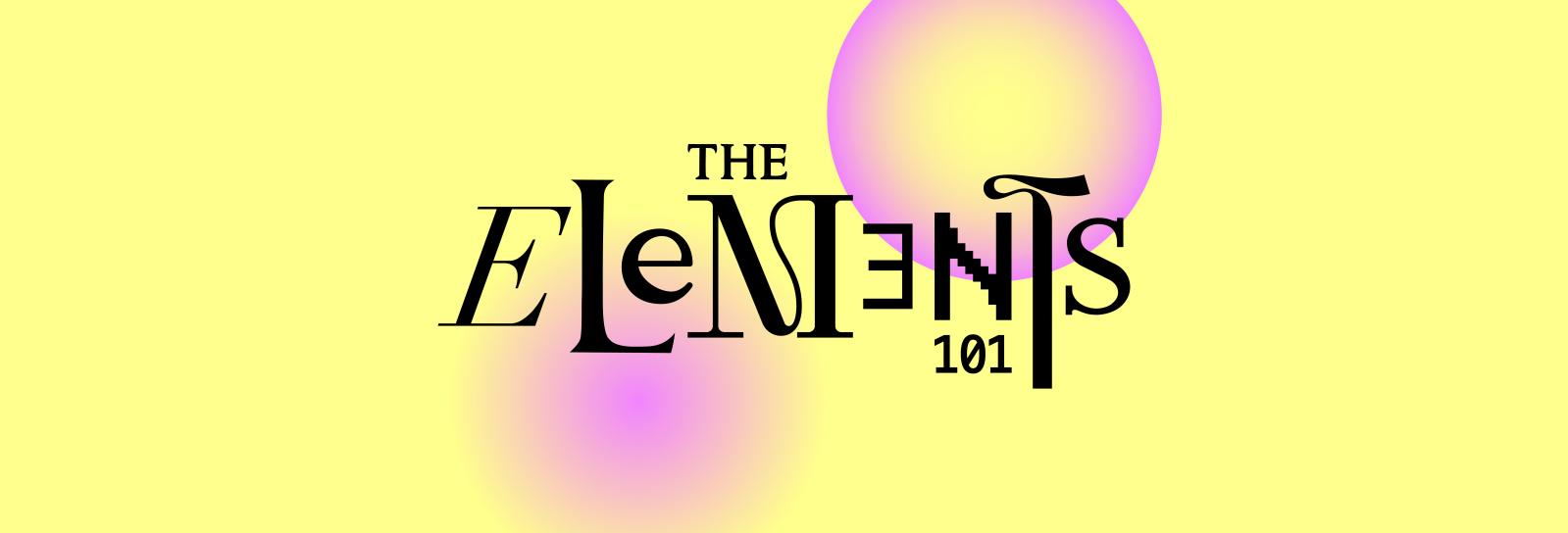The Elements 101
Elements 101
Through an 8-month structured program, our mission is to build a sustainable community space that nurtures connection, collective care, and capacity building across artistic and cultural practices in Ballroom. Ultimately, we are committed to developing a sustainable relationship with Dansekapellet that empowers new exchanges that continue to adapt to the local community’s needs.
Elements 101 will provide tools, resources, and physical space to nurture Copenhagen’s existing Ballroom Culture. Additionally, we want to create a connection point, offering a space for newcomers and beginners to be introduced to the community through regular events that allow them to connect naturally. Expect for inclusive spaces, the program also supports separatists formats that are specifically catered to BIPOC Queer youth and trans or Non-binary identities, as well as outreach to other grassroots organizing working in this intersection.Future Goal is to establish a sustainable concept with a a flexible, evolving network which can be continued as with new leaders at the center and adaptable to the needs of each generation.
Formater
Practice balls
- A low-pressure event where newcomers can practice walking and performing in categories with guidance from experienced members. A judged event with constructive critiques from a chosen panel.
Educational & Discussion Panels
- Ballroom History & Culture 101: Panels on the origins of ballroom culture, featuring knowledgeable community leaders, legends and icons.
- Separatistic sessions: Trans/NB and BIPOC
- LGBTQ+ Health & Wellness Night: A safe space to discuss self-care, mental health, and community resources.
Workshops
With experienced teachers who can teach beginners and experienced students. Preference to prioritize Black/LatinX teachers of trans experience.
Examples: Performance, face, runway, sex siren, body.
Social & Community-Building
- Meet & Greet for Newcomers: A casual gathering where new members can connect with houses and mentors.
- Summer party and ‘end of the project’ party
Ballroom
The Ballroom scene (also known as the Ballroom community, Ballroom culture, or just Ballroom) is an African-American and Latino underground LGBTQ+ subculture. Rooted in New York’s Black and Latinx queer scene, Ballroom culture was pioneered by Black and Latinx trans women as a response to racial discrimination in predominantly white drag balls of the 1960s (see Crystal LaBeija in the 1968 documentary The Queen). In creating the Ballroom Scene, these pioneers built a parallel society where performance became a means of empowerment and self-expression.
Most participants in ballroom belong to groups known as "houses", where chosen families of friends form relationships and communities separate from their families of origin, from which they may be estranged. The influence of ballroom culture can be seen in dance, language, music, and popular culture, and the community still exists today.
Today, Ballroom has expanded worldwide, with New York remaining its cultural anchor. At its heart are Houses—more than just competitive teams, they serve as chosen families for many LGBTQ+ individuals, especially People of Color who have been rejected by their biological families due to their gender identity or sexual orientation. Led by House Mothers and Fathers, these Houses provide mentorship, emotional support, and a sense of belonging, offering members—known as "Children" or "Kids"—a space to thrive and grow.

